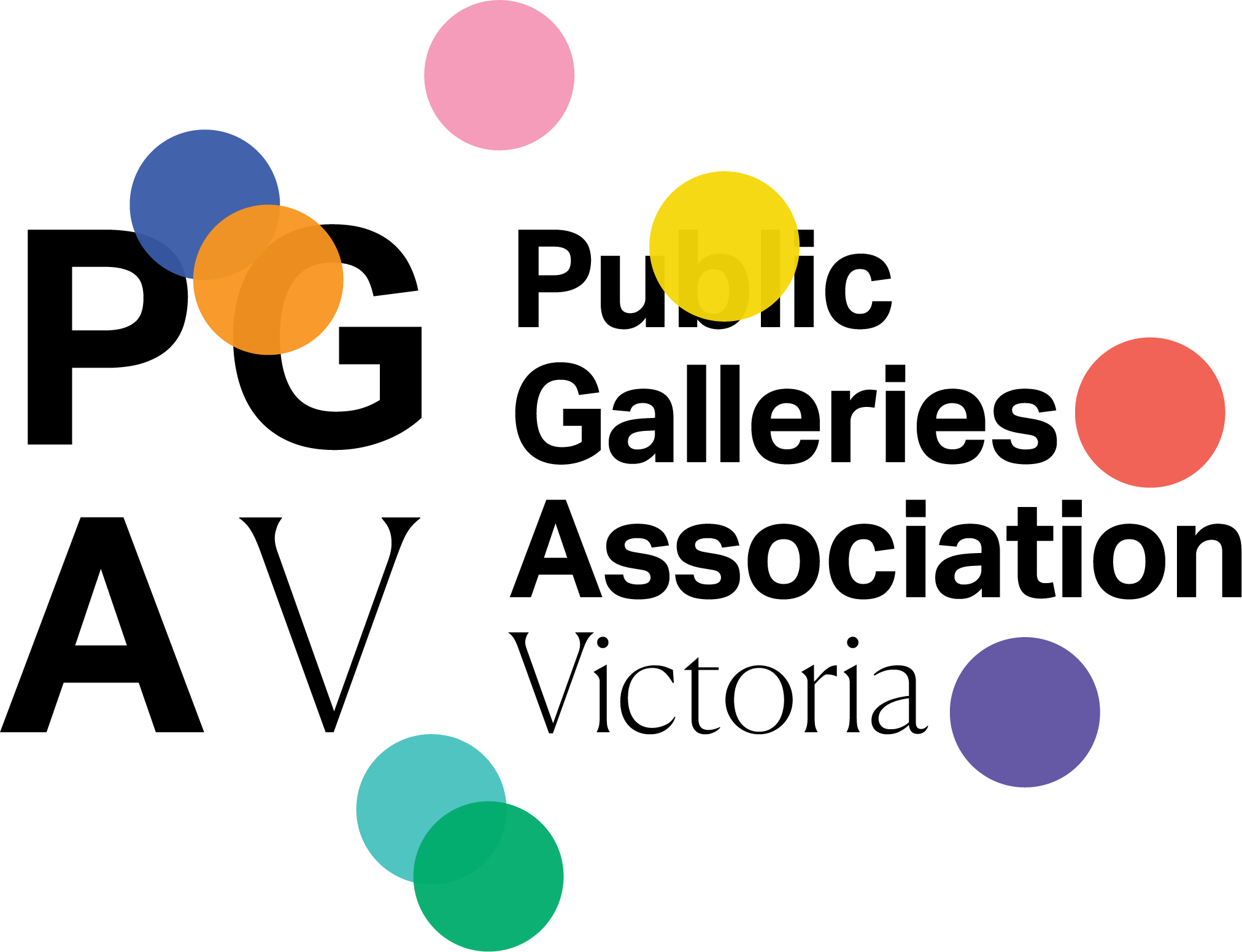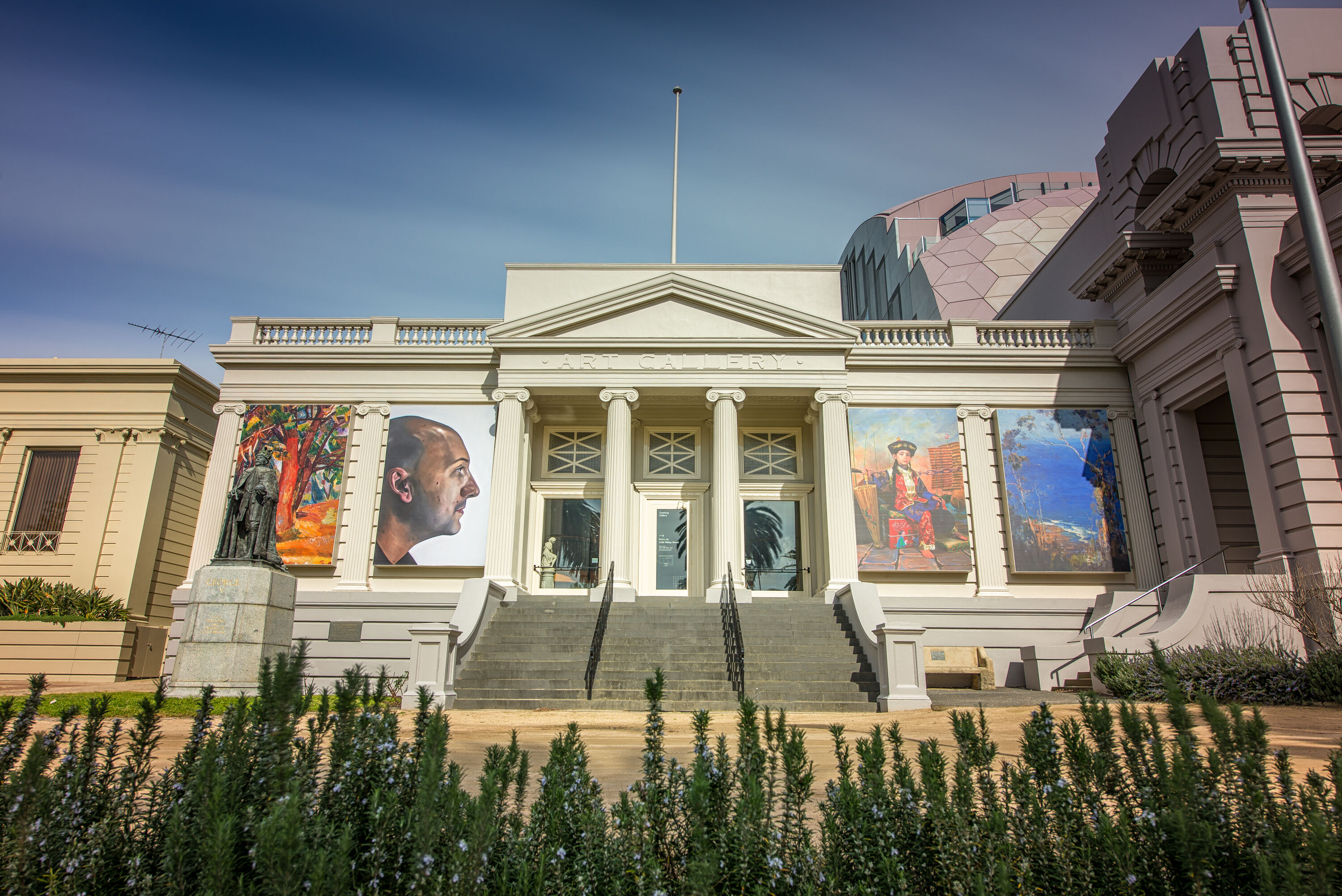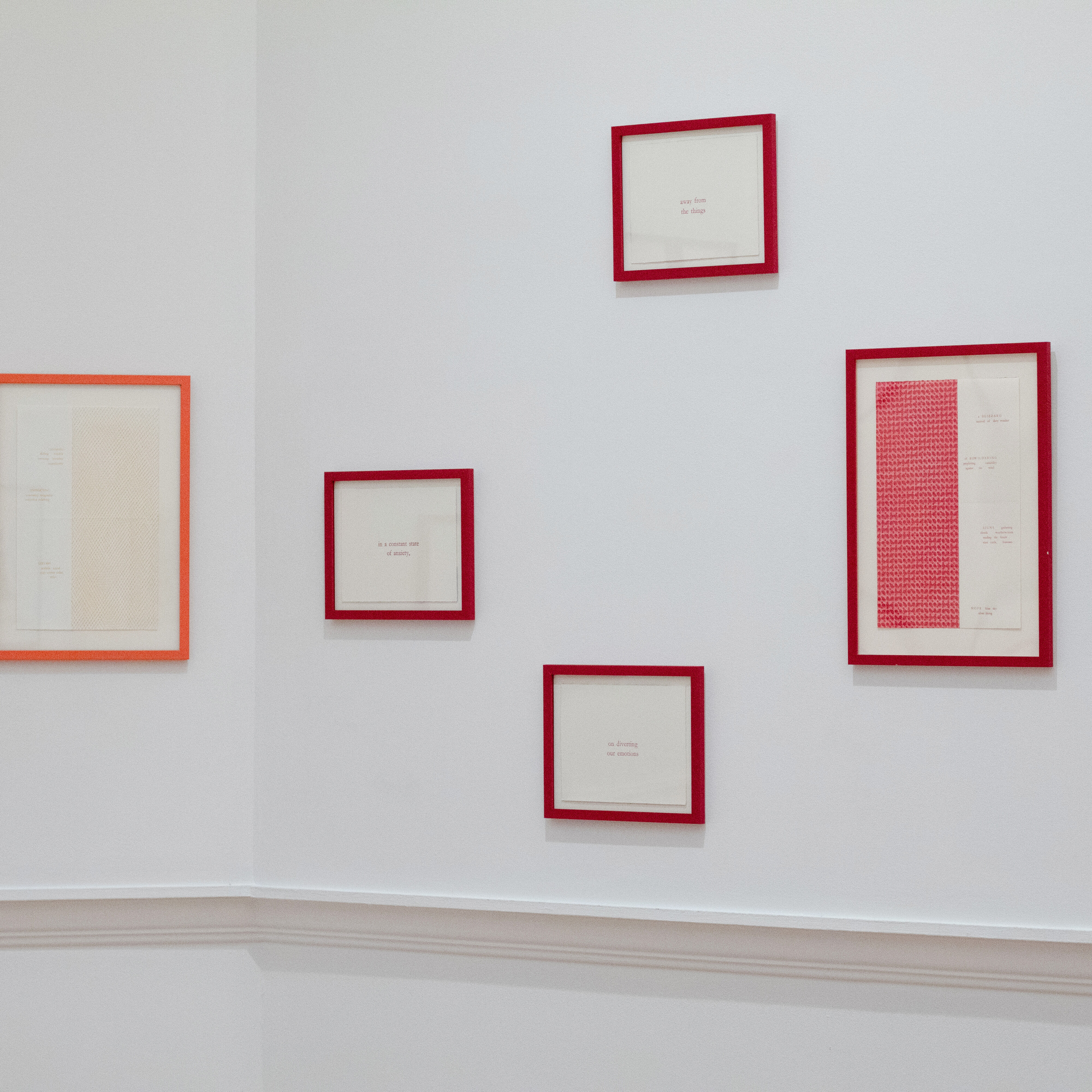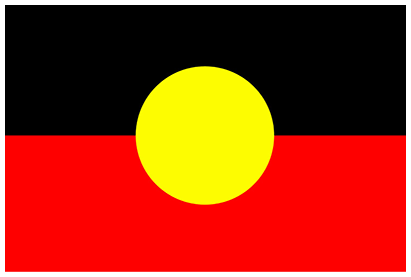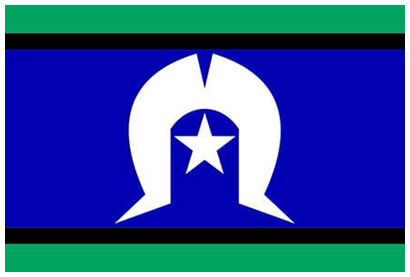Geelong Gallery is home to a number of iconic Australian paintings including Eugène von Guérard’s Aborigines met on the road to the diggings (1854), The Weatherboard Falls (1863) and View of Geelong (1856), Louis Buvelot’s On the Woods Point Road (1872), Frederick McCubbin’s A bush burial (1890) and Russell Drysdale’s Hill End (1948). The greatest strengths of the Gallery’s permanent collection are colonial paintings, including a splendid array of early images of Geelong and its wider region such as John Skinner Prout’s lithograph Geelong (1847), and Alexander Webb’s Yarra Street, Geelong (1872); colonial metalwork including Edward Fischer’s Geelong gold cup (1890); English painted porcelain from 1750 to 1850, Worcester, Buckingham Palace card tray (c. 1840–45); works on paper (19th century to the present); and modern and contemporary Australian paintings, sculpture and decorative arts including works by Fred Williams, Ann Thomson, Peter Booth, Juan Davila, Rosalie Gascoigne, Jan Senbergs and John Brack.
From the late–1930s, the Gallery has awarded acquisitive prizes variously for paintings, watercolours and prints, sponsored by a variety of individuals and corporate supporters. The Gallery continues to grow it’s collection through the biennial Geelong contemporary art prize and Geelong acquisitive print awards both of which continue a long tradition of exhibitions that celebrate contemporary Australian practices.
